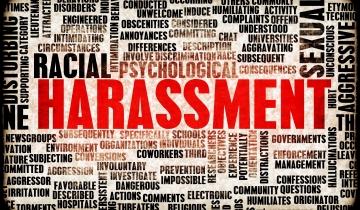Just as it is recommended to refresh your managers’ and employees’ harassment prevention training on a regular basis, it is important to review your written policy and procedure regularly. Having reviewed hundreds of these for companies over the years, I have seen three common provisions in those policies which should be reviewed and potentially changed.
First, consider whether your policy encourages or requires the person who is experiencing the conduct to confront the person who is engaging in the conduct. While it is laudable to encourage adults to speak up for themselves, this could potentially have a chilling effect on individuals if they feel that they are required to confront the person before engaging in further steps. If an organization chooses to encourage this kind of self-help, make it abundantly clear that this step is not required at all, that the person can skip this step if they are uncomfortable.
Second, consider how the organization has presented the reporting options to the employee. An effective harassment prevention policy will emphasize that the person can go straight to Human Resources or to another member of management without first going to their immediate supervisor. The concern is that requiring the person to start with their supervisor will be problematic if that individual is engaging in the objected-to behavior.
Third, does the policy provide practical examples of behavior which is prohibited by the policy? Simply saying that harassment is prohibited and mentioning a hostile work environment may not be descriptive enough. Include specifics such as “unwelcome sexual flirtations, advances, or propositions.”
For more information on effective anti-harassment policies, you can reach out to MRA’s hotline. Call 866.474.6854 or email: [email protected]




